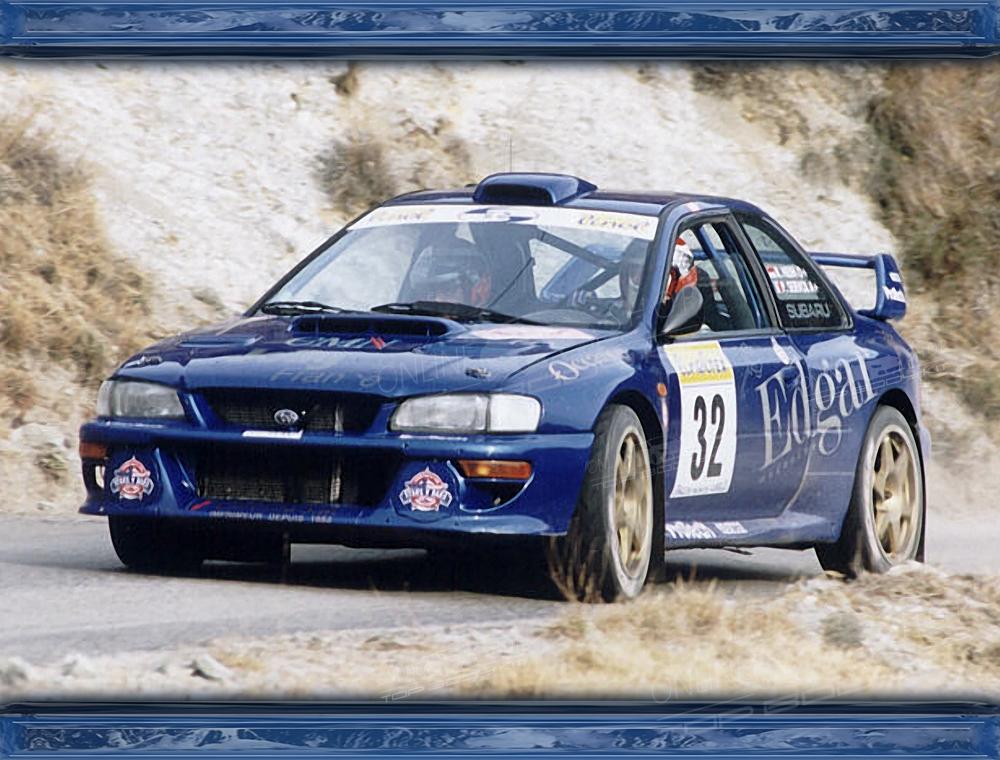
The '96-'99 Outback models all used a version of the EJ25D engine.Īll basic trim levels included sedan and wagon versions. In 1995 AWD was so popular that for the 1997 model year, Subaru decided to make AWD standard equipment in all vehicles produced for the North American market from that year to today's current date, excluding the Subaru BRZ. The North American Legacy Outback wagon was released in July 1994 and FWD was standard for the 1995 model year with AWD optional. Limited versions of the GT and Outback were available later in this generation's run. In '96 the GT model returned but included the EJ25D engine along with unique interior colors and exterior updates, as well as suspension upgrades. The LSi model in 19 include the more powerful EJ25D and only with an automatic transmission. The LS (upgraded cloth seats, among other interior and exterior options) and LSi (added leather to the LS options) were only available from 1995 to early 1997 model years. Legacy models starting with the lowest price (and least equipped) were the Brighton, L, LS, LSi, GT, Outback, and SUS, depending on year. The tail light appearance on both the sedan and wagon was influenced by the taillights on the SVX. The exterior was designed by Olivier Boulay in 1991, during his tenure at Subaru.
SUBARU JDM ROOF SCOOP FULL
The second-generation Subaru Legacy was marketed in Japan from October 1993, and July 1994 (for the 1995 model year) marked the second generation in North America with a full body and chassis revision.


It seems like a simple thing, but it can actually make a difference in the way people actually use their cars.FF layout 1993–1995 standard continued to be standard until 1999 in Japan and Europeį4 layout 1995 optional, continued to be optional until 1999 in Japan and EuropeĢ.0 L DOHC twin turbo EJ20 276 hp (206 kW) Besides looking cooler than the rather bulky old set-up, these serve as large, easily accessed tie-down points for especially large items like kayaks. For the 2020 Outback, Subaru added sturdy arches at the edge of the roof rail assembly. The fact that the Outback's roof is lower, and therefore easier to lift thing upon, certainly helps.Īgain, the swing-in roof rails were there before. Considering that so many Subaru owners mount things to the roofs of their cars (bikes, kayaks, gear boxes, skis, tents, etc.), this is one of those things than can really make the Outback stand out from the hordes of compact SUVs out there, including the Forester.

There's therefore no need to mount and remove separate crossbars, or alternatively, keep them on the car where they'll create noise and hurt fuel economy. As before, the roof rails swing inward to be their own cross bars.

There are many improved elements, however, and one of them is the Outback's unique roof rack system that returns for a third generation. Actually, we wouldn't be surprised if many folks can't tell the difference between the new and previous ones on the outside. The next-generation, 2020 Subaru Outback introduced at the New York Auto Show is quite obviously an evolution of the vehicle it replaces. 2020 Subaru Outback gets new-and-improved roof rack Integrated swing-in roof rails return with new tie down points


 0 kommentar(er)
0 kommentar(er)
